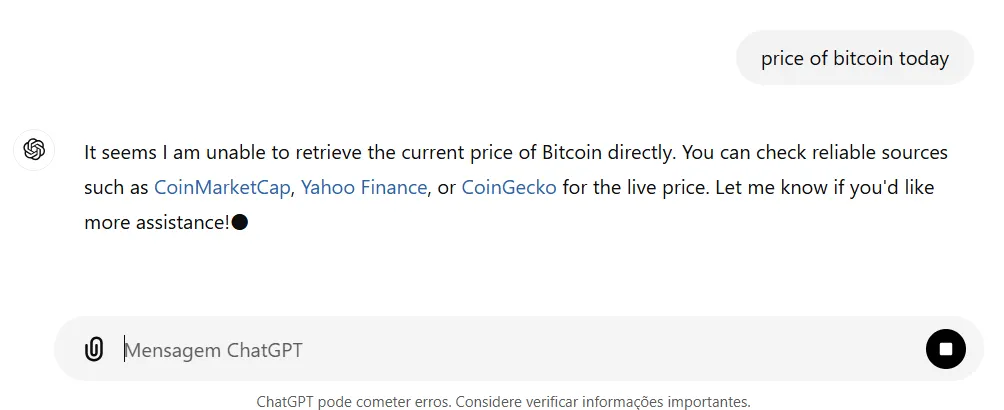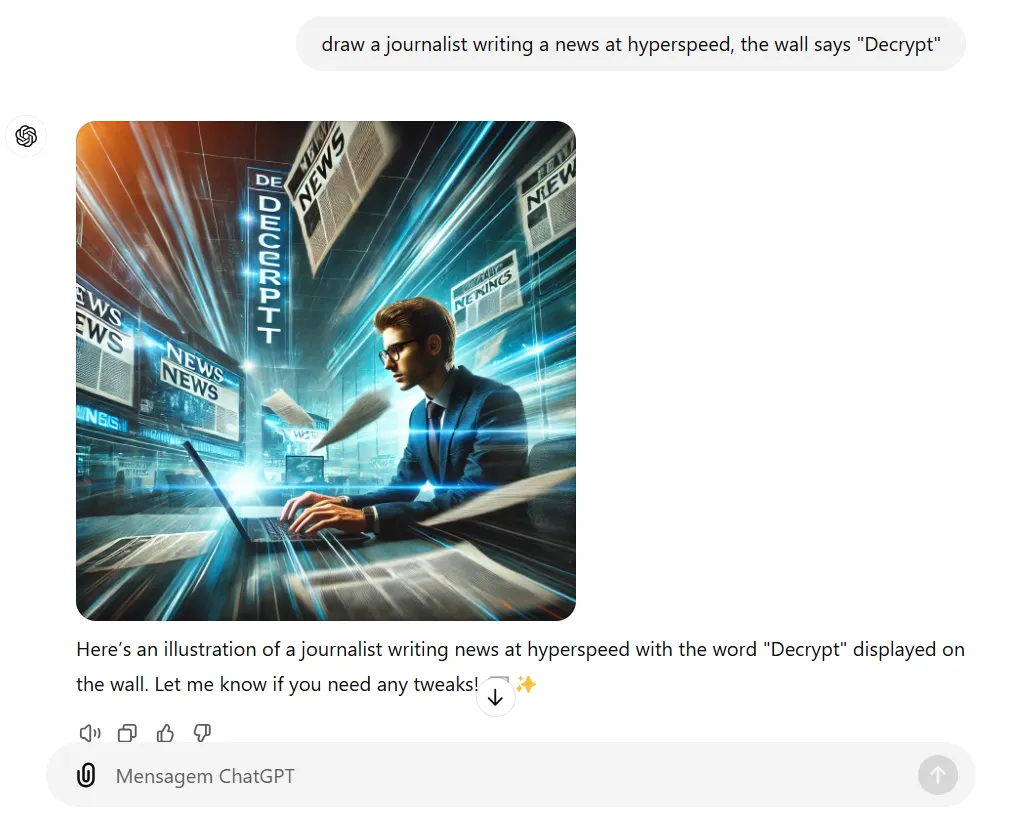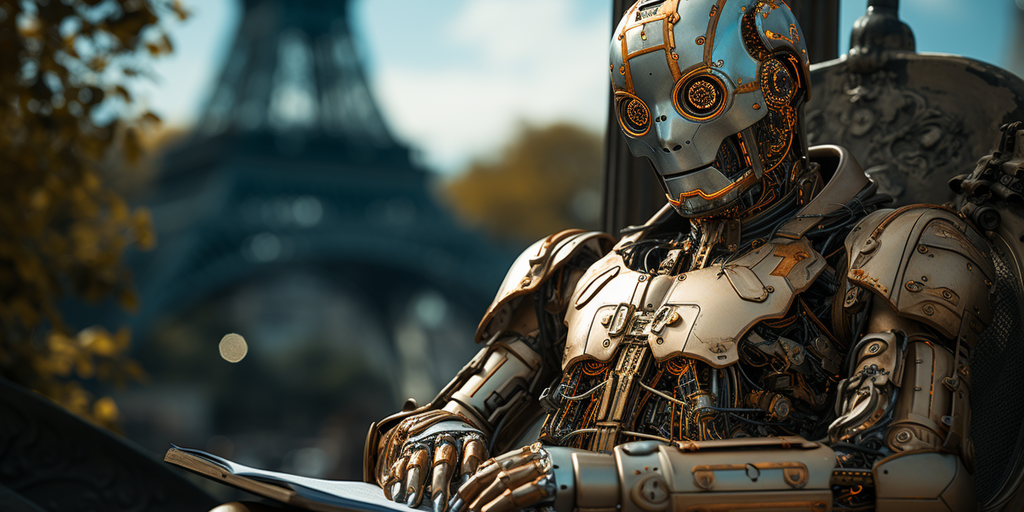Mistral AI, the French AI company founded by ex-Google and Meta employees, just overhauled its free, multimodal AI platform—and it comes close to matching, and sometimes even exceeding, paid offerings from OpenAI or Anthropic.
The suite of AI tools from the Paris-based startup now features web search and image generation capabilities alongside a new visual model that outperforms larger rivals on key benchmarks.
The company has pushed an update to analyze documents, an updated Large Language Model, and Codestral, an LLM focused on coding tasks.
But the icing on the cake is its use of Flux Pro to generate images, meaning it’s the multimodal chatbot with the best image-generation capabilities currently available. A new Canvas interface enables direct content editing, positioning Le Chat—Mistral’s name of choice for its chatbot UI—as an enterprise-ready workspace tool.
“We’re not chasing AGI at all costs; our mission is to instead place frontier AI in your hands,” Mistral said in a statement, distancing itself from competitors’ broader artificial general intelligence ambitions that have sparked concerns among experts.
The company was valued at $2 billion in its December funding round.
The Pixtral Large, a 124-billion-parameter visual model, outperformed GPT-4 and Google’s Gemini 1.5 Pro with 69.4% accuracy on MathVista and 93.3% on DocVQA. It handles up to 30 high-resolution images within a 128,000-token context window.
Flux Pro, meanwhile, outperforms all other image generators in terms of quality and inference speeds, as previously reported by Decrypt.
ChatGPT uses DALL-E, which is primitive by comparison. So Flux’s integration into Le Chat is a welcome move.
Those features have been introduced as “free beta offerings,” giving users access to the latest generative AI tools at no cost. Mistral did not say when it intended to start charging for its tools.
ChatGPT vs. Mistral’s LeChat: How they stack up
We put both free versions of Mistral’s and ChatGPT’s chatbots to the test. There were a lot of similarities—mostly in terms of writing style—but the differences were enough to draw out some distinctions between the two.
ChatGPT’s GPT-4o remains the crown jewel of language models, displaying unmatched nuance in complex reasoning, creative writing, and technical analysis.
Its ability to understand context and maintain coherent, long-form conversations has defined the industry standard. During extensive testing, GPT-4o has shown remarkable capability in tasks ranging from literary analysis to advanced coding challenges.
Le Chat’s Mistral Large 2.5, while impressive, operates a tier below GPT-4o in sophisticated reasoning tasks. However, it excels in practical applications, offering snappy responses and robust daily task performance. While the model possesses multilingual capabilities, it tends to be less creative than GPT-4o.
Web Search Integration
Le Chat offers a free web search feature–users can access current information with direct citation links, similar to how you’d use a traditional search engine but with AI-powered synthesis. The integration feels natural and unobtrusive, making fact-checking and research workflows notably efficient. The free access to this feature represents a significant value proposition.
ChatGPT’s SearchGPT, while more sophisticated in its approach, sits behind a paywall. It takes a unique angle on web integration, often providing more contextual analysis (to the point of even hallucinating some responses). The Chrome plugin offers deeper integration with OpenAI’s language model capabilities, though many users might find Le Chat’s straightforward approach more practical for daily use.

Image Generation Capabilities
Le Chat’s integration of Flux Pro is a major advantage in the image generation space. The system produces very detailed visuals with great adherence to prompts, particularly excelling in artistic styles, accurate human anatomy, and complex scene composition. Recent benchmarks place Flux Pro at the forefront of image generation technology, with notably better performance in areas like texture detail and spatial coherence.

ChatGPT’s DALL-E 3, while groundbreaking at launch, now shows its age against newer models. Though capable of producing serviceable images, it often struggles with complex prompts, detailed textures, and consistent style maintenance – areas where Flux Pro demonstrates clear superiority. The gap is particularly noticeable in professional-grade image generation tasks.

Custom AI Agents
Le Chat’s democratic approach to AI agents represents a significant shift in accessibility. Users can create, customize, and deploy specialized agents for tasks ranging from data analysis to creative writing for free.
ChatGPT, on the other hand, maintains a two-tier system. While free users can access pre-made GPTs, the ability to create custom ones remains a premium feature.
The quality of these GPTs is excellent, and the ability to configure them via natural language prompting is a plus; but the restriction on creation tools and the pricing wall limits the potential for personalized workflow optimization.
Vision Analysis Capabilities
This one seems to be a tie—at least in our first quick tests. GPT-4V and Pixtral Large demonstrate remarkably similar capabilities in real-world applications.
Both excel at diagram interpretation, image understanding, math notation, and spatial awareness.
Verdict
While benchmark numbers show slight variations for the LLMs, Vision Models, and Image Generation models, the practical difference in day-to-day use cases is not that significant.
Both systems handle everything from creative writing to technical diagrams with impressive accuracy, making the choice between them more about ecosystem preference than capability differences.
The choice between these platforms increasingly depends on specific use cases
ChatGPT remains superior for:
Academic writing
Complex technical documentation
Nuanced creative writing
Advanced coding challenges
Le Chat offers better value for:
Visual content creation
Web research
Document analysis
Daily productivity tasks
Workflow automation
The financial implications are the make-or-break deal: Le Chat offers approximately 80-90% of ChatGPT Plus’s functionality at no cost, making it an increasingly attractive option for both individual users and small businesses operating under budget constraints.
Overall, Mistral offers a better value proposition right now, and their models may serve users enough to justify canceling a subscription—at least while the beta testing period remains.
Edited by Josh Quittner and Sebastian Sinclair
Generally Intelligent Newsletter
A weekly AI journey narrated by Gen, a generative AI model.
Source: https://decrypt.co/292432/mistral-ais-new-chatbot-rivals-gpt-but-for-free


